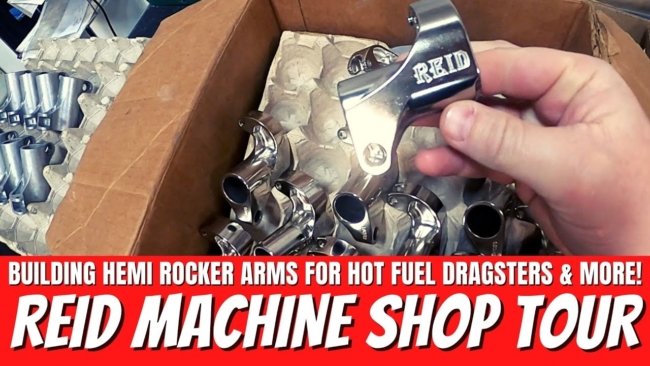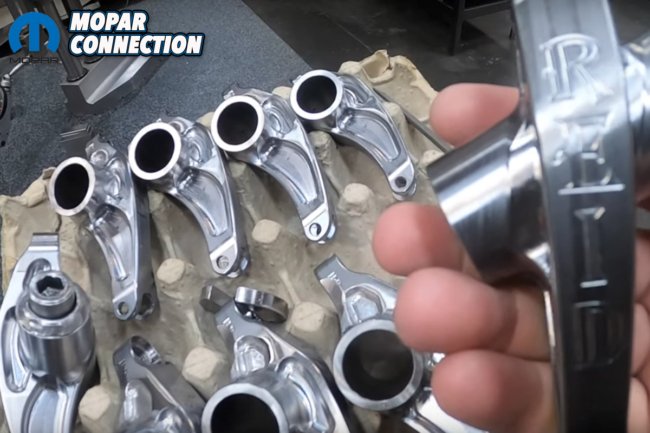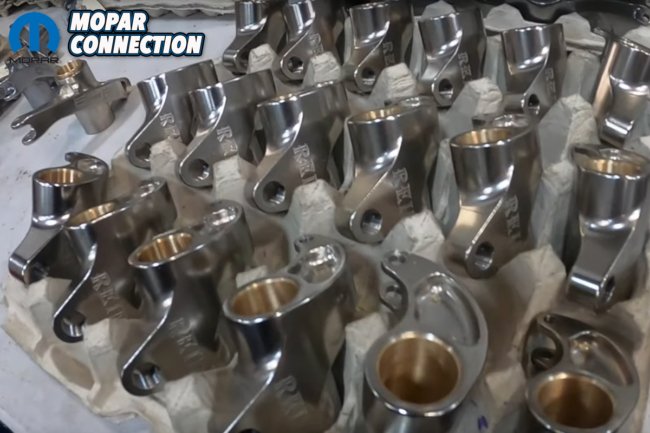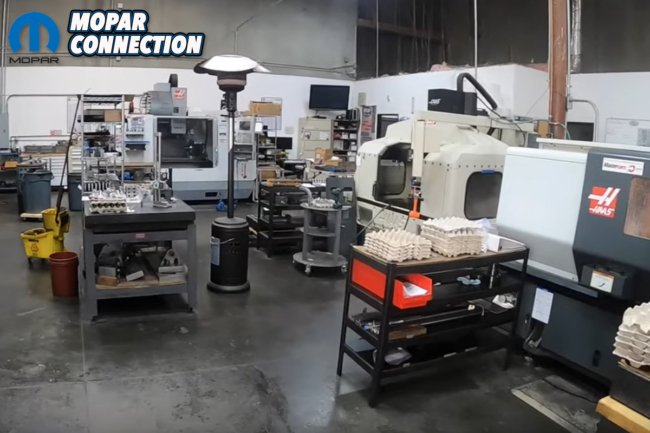
Recently, we got to sneak in a quick visit to Reid Machine & Rocker Arms in Lake Elsinore, California. Started in 2005, Reid Machine develops some of the most durable, exactingly-correct rocker arms for Top Fuel, Blown Alcohol, Injected, Fuel, and Pro Mod drag racers.
And it’s easy to understand why: when you’re operating at these levels, the slightest flaw in design can result in catastrophic failure – so each of Reid’s rockers are made with a degree of precision not found in other “one size fits all” assemblies offered by others.

When you’re making over 1,000-horsepower per cylinder, your engine’s life depends on whether your valve assemblies can withstand those kinds of extremely high cylinder pressures. Not only do they need to operate successfully under unimaginable conditions, but remain stable, and stiff enough to maintain valve control. Weakness in the design or material could cascade an engine into oblivion.
Over the last 16 years, many of the sport’s most successful drag racers have depended on Reid Machine to do exactly that – and have not only survived but broke class records using Reid Rocker Arms.

Prior to launching his own venue, Darrel Reid worked for John Force Racing as a team machinist. I got to sit down with Darrel for an hour and learn a bit of his story; from a young aircraft machinist to engineering and developing parts for trophy trucks and off-road, to top fuel dragsters and beyond.
After spending years repairing and re-machining other brands’ rocker arms for customers, Darrell found an opportunity to fully CNC machine his own rockers using his skills and techniques learned over decades. Gifted with a desire for problem solving and incredibly high standards, Darrel’s approach to each customer is to provide them a solution that is unique to their application but is also exact for their needs.

“Nothing that we do here is “One Size Fits All”. Sure, we can make adaptations here and there with existing products that we’ve developed, but nothing is cookie cutter,” Darrell explained.
Using advanced 3D-scanning equipment and state-of-the-art CAD software, Reid Machine is able to accommodate various types of cylinder heads, adjusting for different valve tip locations and valve lengths to assure each rocker arm will deliver optimized performance every time.
Each intake and exhaust rocker begins as a solid billet of 4340 chrome moly steel. But after literally tens of thousands of hand-inputted lines of operation code into the CNC machines; each rocker arm ends the same. An originally designed, American-made rocker featuring I-beam construction for minimum deflection that’s been heat treated to resist fatigue without brittleness, with push rod oiling through the adjusting screw.

Due to the competitive nature of professional drag racing and the potential for intellectual theft, Darrell was careful about what we could film and what we couldn’t. He was more than happy to show us what he was working on for his customers – many of whom have names you’ll recognize – but understandably, we weren’t allowed to show how the sausage was made.
Even a few days before the Christmas holiday, Reid Machine was buzzing with multi-axis CNC machines whirring through their programs, whittling away layers of billet steel, carving away to reveal beautiful pieces of engine components that soon will be spinning at tens of thousands of revolutions per minute for just a few seconds at a time.
Our visit was a neat treat but also had other implications: earlier in the year, Darrell Reid voiced interest in developing valve train assemblies for high performing street application engines.

Darrell had joked, “A lot of my customers own very nice car collections, many of which include Hemi-powered Mopars. I’ve been kicking around the idea of adapting our designs to fit factory-style cylinder heads for a while now.”
With that, Mopar Connection Magazine provided Reid Machine with one of our Edelbrock Victor Jr. aluminum 426 Hemi cylinder heads and Darrell was off and running.
Currently, Reid is securing an entirely new scanning system that he’s excited to use on the Edelbrock head. This new equipment will streamline how Reid creates new designs and is able to mate components moving forward – and not just for the second-generation Hemi head but for several new products on the horizon.

Sure the stock-replacement valve train works for stock-performing engines but for those looking for more accurate valvetrain, what we’re seeing come out of Reid Machine is second-to-none.
If you haven’t already, go check out what Darrell Reid and the team at Reid Machine does at www.reidmachine.com. And since we’re working together on developing a set of valvetrain for us civilian Hemi enthusiasts, expect plenty of news and updates on their progress in the coming year.

We’ve been incredibly encouraged with the aftermarket support that has sprung up over the last decade and more for the legendary 426 Hemi engine. For many Mopar enthusiasts, owning a Hemi – especially building one worthy of the legacy surrounding it on a family-guy’s budget – was all but impossible. The sorta stuff out priced thanks to auction houses or hoarded up by big dollar collectors.
Thankfully, with half a dozen options for aftermarket Hemi engine blocks, be it iron or aluminum, and a handful of cylinder head manufacturers, putting together your own rip-sorting elephant engine really has never been easier. And now that we’ve got top tier performance brands like Reid Machine pouring time and money into developing valvetrain for street and strip applications, big pachyderm power is right at your fingertips.








Kevin can you give me some insight on stage 5 engineering. I was thinking about doing a 440 conversion with they’re heads, but now I can’t seem to locate them….